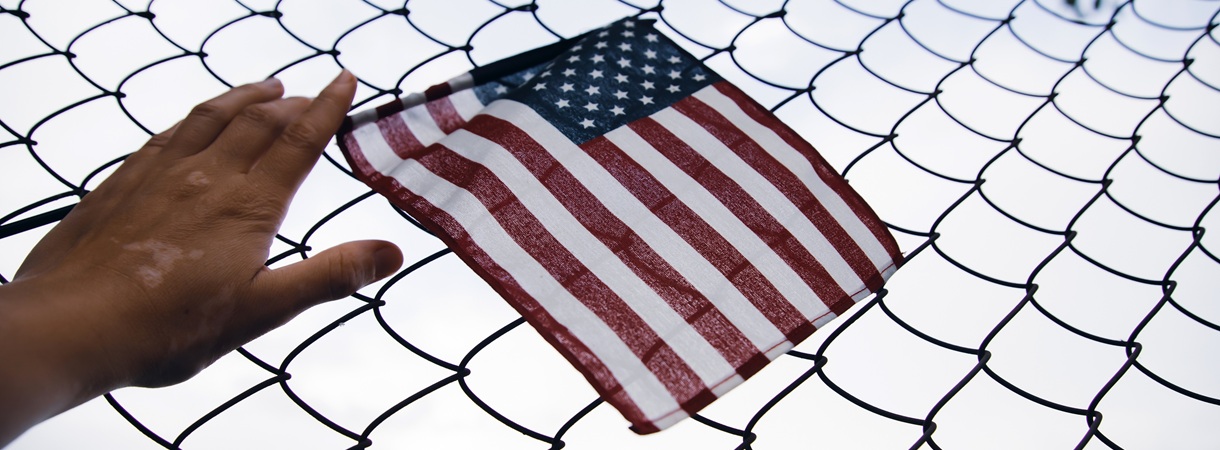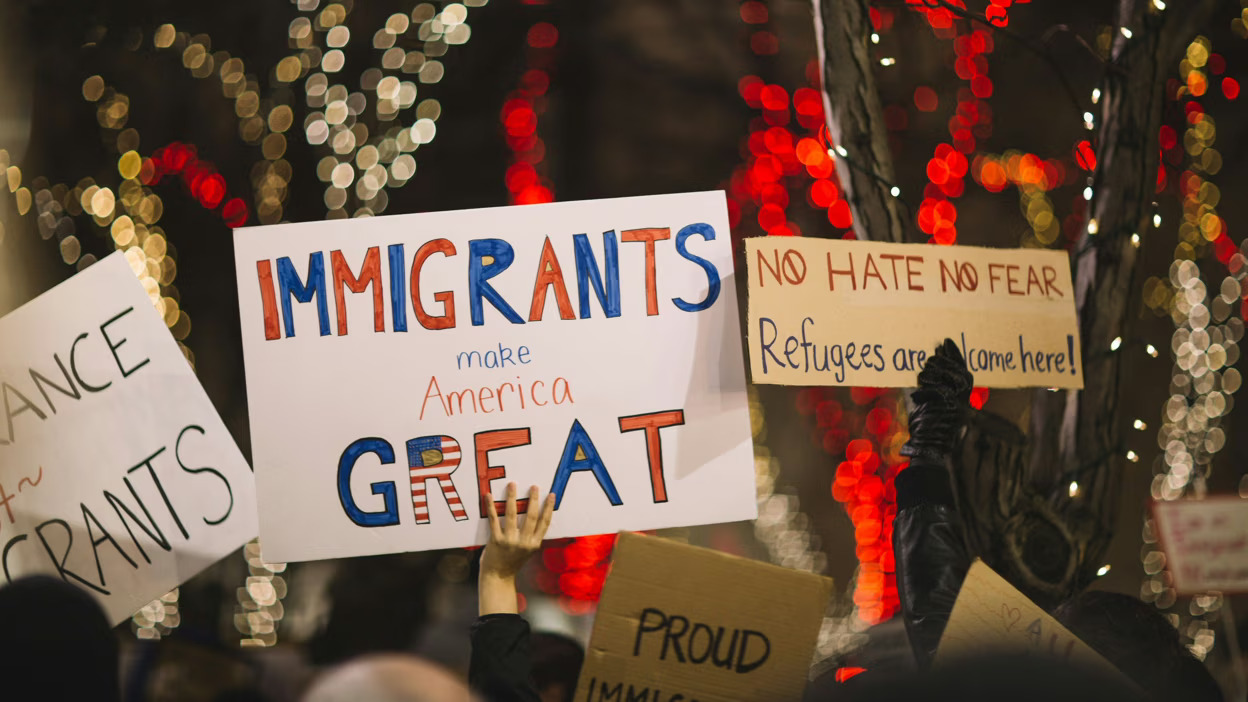The American Immigration Council’s new special report, Mass Deportation: Analyzing the Trump Administration’s Attacks on Immigrants, Democracy, and America, is a guide to the first six months of the second Trump administration, what might be coming, and who is being harmed. This is the third in a series of blog posts lifting up the cross-cutting themes identified in the report, each of which is a way to understand the administration’s immigration policy.
In just six months, the Trump administration has terminated thousands of federal workers and eliminated billions of dollars from America’s social safety net with its recent Big Beautiful Bill. But in this new age of federal slashes and cuts, the Trump administration has been equally unabashed in its efforts to transform the federal government into a cross-agency federal detention and deportation operation.
Although the administration has no priorities for how it enforces civil immigration laws—indiscriminately arresting and detaining people with lawful status who pose no safety threat and are sometimes even U.S. citizens—it has prioritized immigration enforcement above all other federal law enforcement. The result is a radical reorganization of the federal government and even the relationship between federal, state, and local law enforcement.
We have seen federal employees and agents from at least five federal law enforcement agencies outside of U.S. Immigration and Customs Enforcement (ICE) reassigned—abdicating their usual duties to meet unprecedented immigration arrest and deportation quotas.
Despite objections from reputable military leaders, the National Guard is squashing protests and supporting ICE as it conducts immigration enforcement—turning the military against U.S. citizens. The Department of State has revoked visas, especially of foreign students and researchers; and Department of Justice attorneys around the country are prioritizing immigration-related prosecutions of those who pose little public safety threat ahead of other priorities like drug trafficking or violent crime. And as the Trump administration seeks to use government databases to increase its surveillance and control, immigrants have been among the first victims—from pushing the Internal Revenue Service to turn over information about immigrant taxpayers to ICE, to recent attempts to glean immigration data from Medicaid databases.
At the local level, the Trump administration has quietly lined up dozens of local police departments to add manpower and bolster immigration arrests and deportations. ICE has always relied on state and local cooperation to be its engine of enforcement; but this administration’s aggressive expansion of collaboration with state and local police agencies is unprecedented.
Section 287(g) of the Immigration Nationality Act (INA) authorizes DHS to enter into formal agreements with state and local law enforcement agencies, giving local police power to double as ICE agents in their own communities. These agreements have traditionally been voluntary; state and local jurisdictions choose whether to enter into a 287(g) agreement. But under Trump, the administration is pressuring governors to coerce local sheriffs through legislation and other threats until they agree to work with ICE on the most expansive terms. In six months, the administration has increased the number of these 287(g) agreements by nearly six times what it was at the start of the Biden administration, and it is deputizing local police to be more aggressive enforcers of immigration law than ever before. That’s how the 19-year-old Dreamer and running star Ximena Arias-Cristobal found herself in immigration detention after nearly her entire life in Georgia—it was a local cop who pulled her over for an alleged traffic violation who was authorized and embolden by Trump’s agreements to banish her directly to immigration detention.
The administration routinely justifies its indiscriminate immigration agenda in the name of alleged public safety, essentially criminalizing anyone who is not a U.S. citizen. But the reality is that these resource diversions and realignment of federal and state government resources make Americans less safe—putting the U.S. government and state and local leaders in the position of abandoning traditional public safety priorities in favor of immigration arrests, mostly of people who pose no threat and make invaluable contributions to the country.
ICE’s Homeland Security Investigations (HSI), the criminal investigative arm of ICE charged with investigating drug and human trafficking, is instead prioritizing low-level immigration offenses. Former HSI agents warned in February that these shifts would force agents to abandon cases involving “child exploitation crimes, cyberattacks and Dark Web financial schemes, Iranian and Chinese nuclear traffickers, Russian organized crime, trade fraud and sanctions investigations.” In March, reporting from Reuters confirmed that “scores of agents who specialize in child sexual exploitation have been reassigned to immigration enforcement,” including menial duties such as “surveillance outside of immigrant workers’ homes, taking down license plates and distributing photos of ‘target’ immigrants to detain.”
Agents from the Drug Enforcement Agency and FBI’s Joint Terrorism Task Force now focus instead on arrests of migrants, farmworkers, and local businessowners who lack U.S. citizenship. FBI agents conducted the arrest of Milwaukee judge Hannah Dugan after she allowed an immigrant to leave her courtroom rather than allowing ICE agents to enter without a warrant to arrest him. A Michigan man was charged with working in the U.S. using a fake Social Security number after an FBI agent checked the payroll records of his employer. In other words, federal law enforcement is engaged in dangerous political theater, with high-profile arrests of non-citizen students, workers and parents set up to score political points more than to protect national security.
As we look ahead beyond these first dizzying six months of Trump, new spending for immigration enforcement under the “One Big Beautiful Bill Act” at the amount of $170.1 billion will turbocharge the administration’s efforts to turn government into a deportation machine. This new infusion of money makes ICE itself the highest-funded federal law enforcement agency in U.S. history—funded at a level higher than some foreign militaries—and will bring the administration’s effort of repurposing the federal government to focus primarily on immigration enforcement closer to reality.
 The American Immigration Council is a non-profit, non-partisan organization.
The American Immigration Council is a non-profit, non-partisan organization. 


